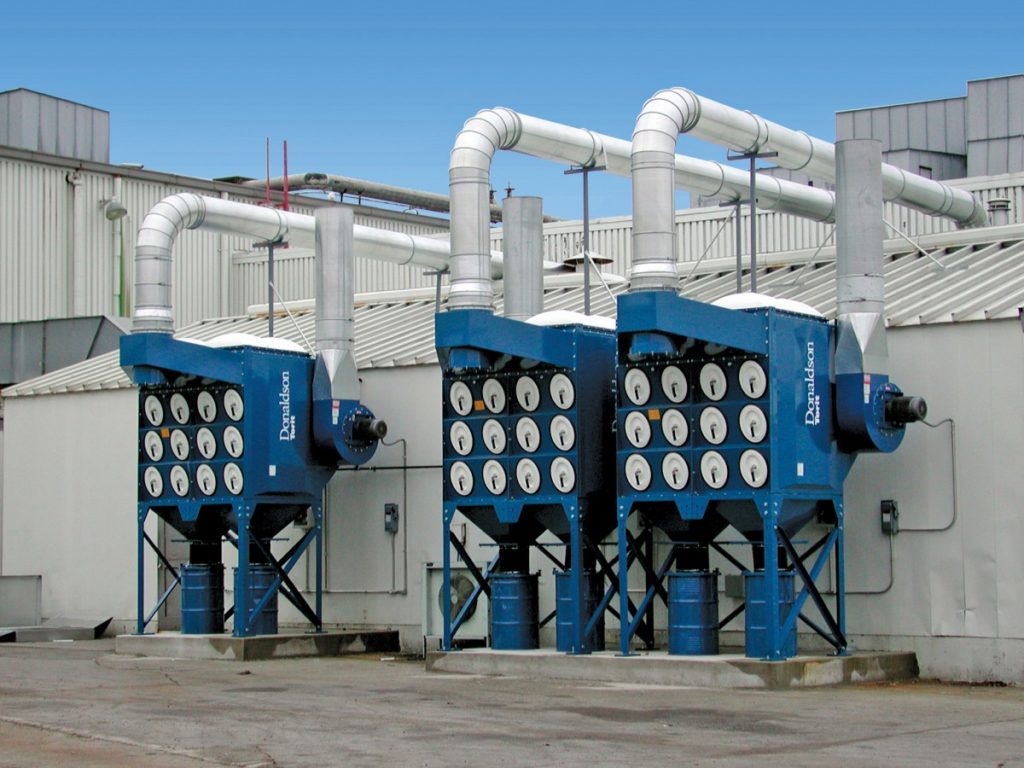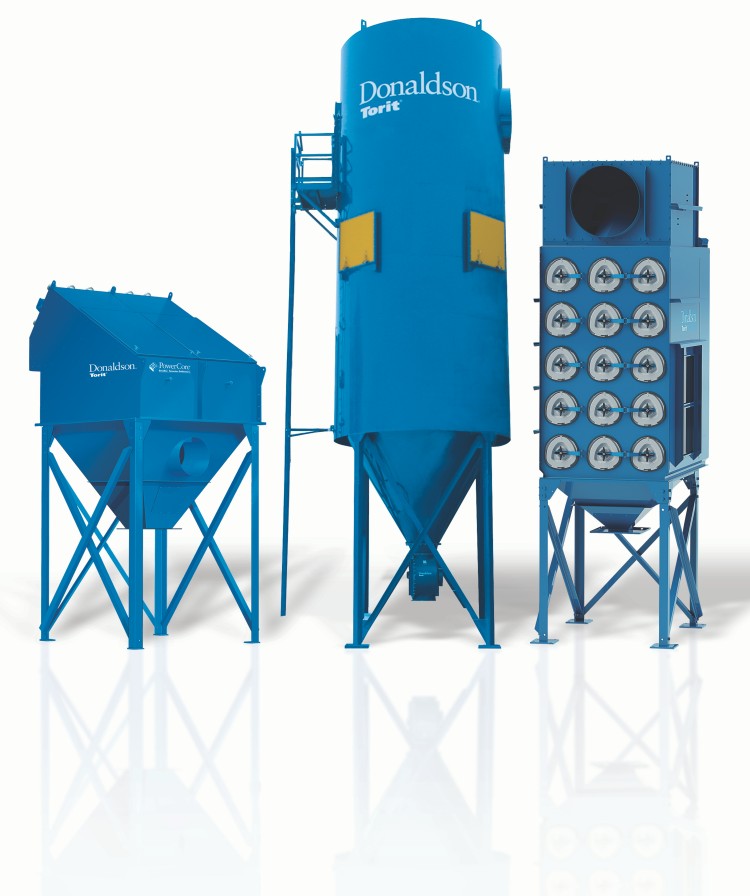Each dust collection situation can be very unique whether you’re collecting wood chips, welding fume, or soybeans; therefore, it’s important to understand not only the dust you generate but also how your processes create that dust. Beyond just determining the required air volume to capture and control the dust created in your process, you should understand and define all the needs in your operation.
As an example, does your process generate dust only under upset conditions, or is dust generated continuously while the process runs? Does your process run intermittently for a few hours a day? Or is it run continuously for 8, 16, or 24-hours a day? If you have multiple processes, do they all run at the same time? Or do some run on different schedules? Each of these conditions influences the number and style of collectors you might consider.
Do you generate enough dust quantity to dispose of dust multiple times a day? Or is dust loading light enough for daily, weekly, or even monthly disposal? Your answer will influence the discharge methods you consider to remove dust from the collector and may suggest alternate collectors with fewer or more hoppers.
Are there regulatory standards you need to meet when returning filtered air into your facility to take advantage of energy savings in heating and cooling make-up air? Or will you exhaust filtered air to atmosphere? If you exhaust filtered air to atmosphere, do regulatory limits exist on the air quality required? These considerations will all have a direct influence on your choice of collector and filter media, and they may drive decisions on including secondary or monitoring filters.
Knowing the details of your operation allows you to make better informed decisions on a dust collector strategy, and helps in the critical step of selecting the proper dust collector.




